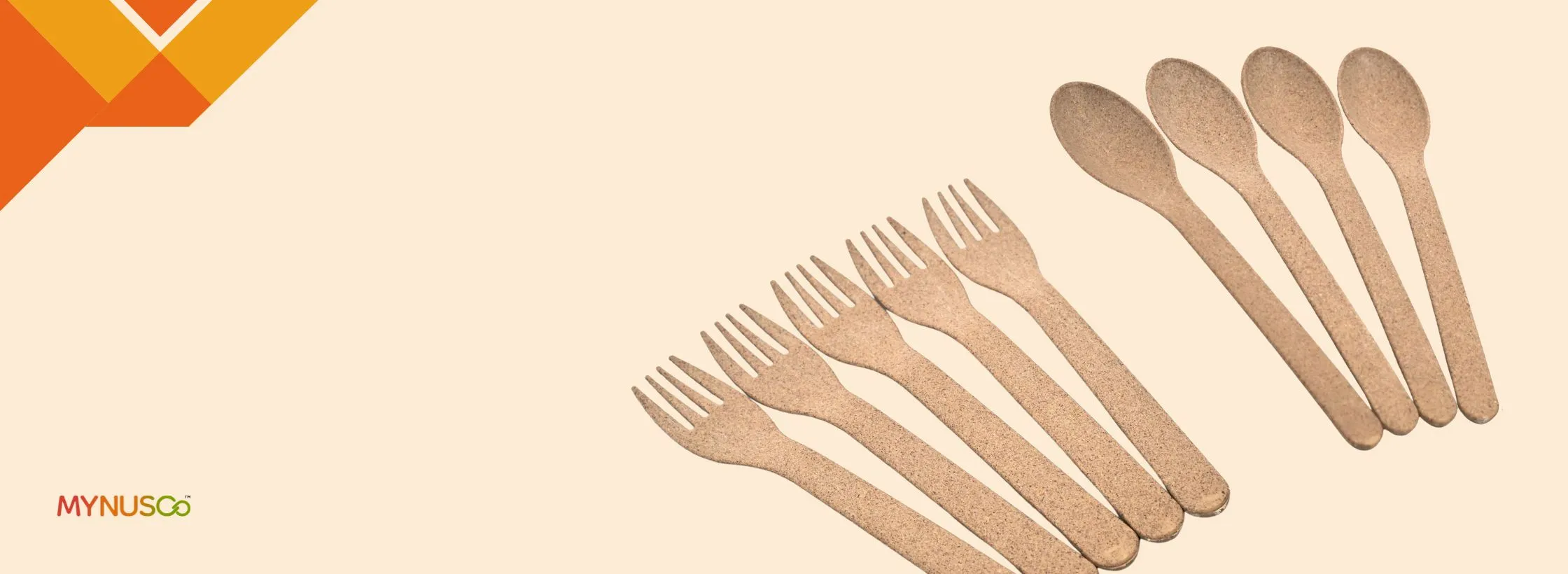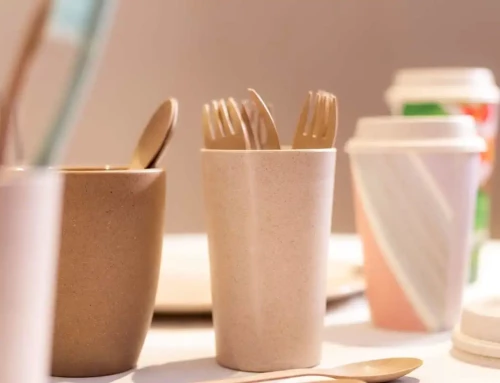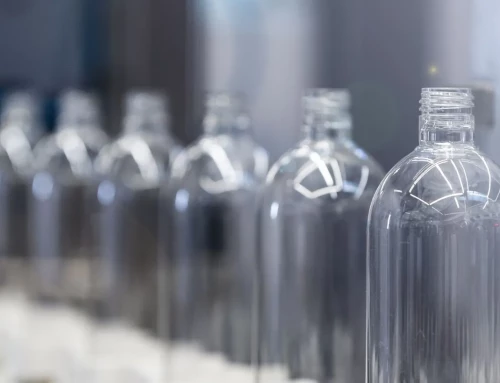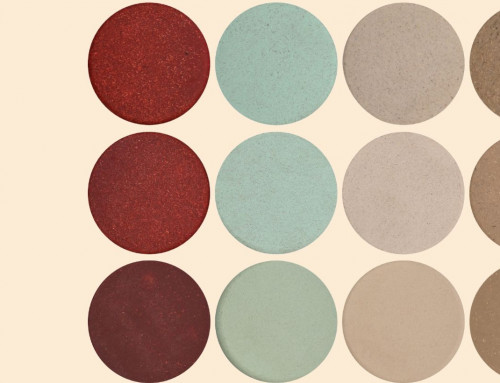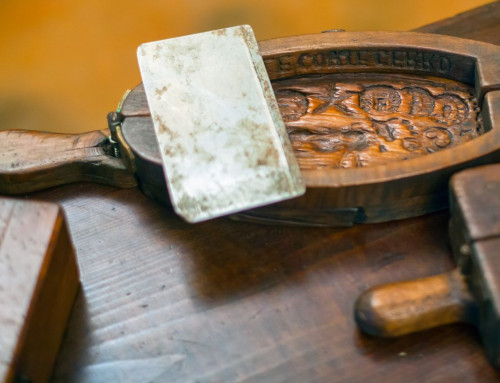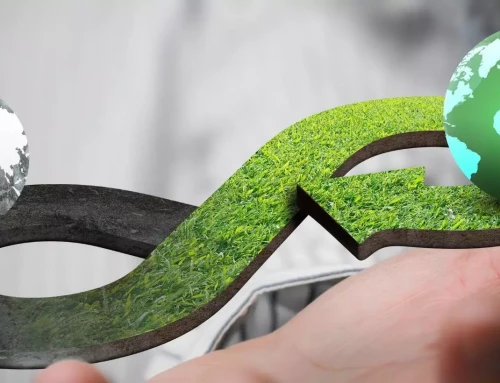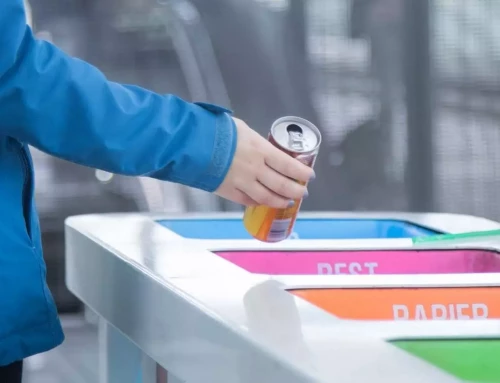5 Eco-friendly Sustainable Alternatives to Plastic Cutlery

Plastic cutlery has been around for decades, but its environmental impact has only recently come under scrutiny. Plastic cutlery are great – they are durable, safe, economic and can be produced in large quantities.
They are available in different forms to fit every budget and needs of modern lifestyle. With ban on single use plastics, that includes cutlery, consumers and companies are looking for alternatives.
While economic factors play an important role in choosing the alternatives, other social and environmental factors should not be overlooked. We evaluate the top 5 alternatives to plastic cutlery.
1. Wooden / Bamboo
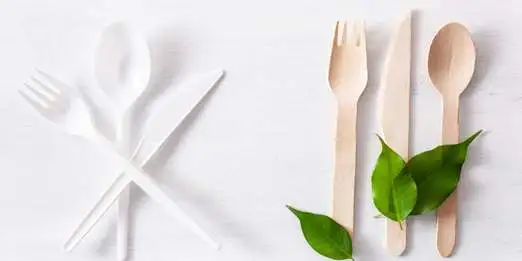
Bamboo and wooden spoons are the most popular choice as a result of their price comparable to plastics, their availability and an easy acceptance by customers d as a sustainable choice. Wood and bamboo are considered as inert and hence it does not require any tests and certificates to qualify their safety to be used as cutlery.
Consumer experience of using wooding cutlery for regular meal is not great – they leave a bad taste behind, do not have ideal form factor with shape and performance not as good as plastic ones.
Many of those wooden cutlery we tested were coated with toxic chemicals such as boric acid and formaldehyde to increase their shelf life and prevent them from degradation before they are used.
Timber used to make these wooden cutlery are imported from Asian and European countries as the wood available in India are not suitable. As a result of that, and considering only 30% yield in making final cutlery, domestic manufacturers have a significant price disadvantage compared to many traders importing wooden cutlery from countries such as China.
From a circularity standpoint, wood and bamboo are better used for products such as furniture and construction where they have life longer than the harvesting cycle rather than using them for disposable cutlery. If these wooden cutleries end up in landfill, they are worse than plastics as they degrade in the absence of oxygen emitting methane gas that are 32X more polluting than CO2.
2. Areca / Palm Leaves
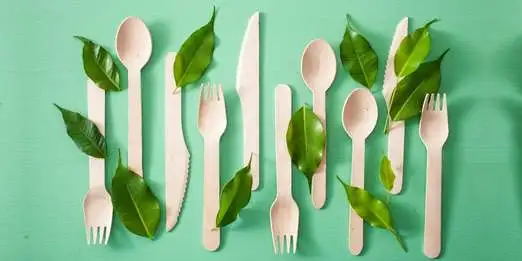
Originally, areca leaves were used to make disposable plates and bowls only. When the competition and the price war began, manufacturers ended up using offcuts from making plates and bowls to make spoons, reducing waste and increasing yield from areca leaves they procure.
In spite of the cutleries made from waste of waste, their prices are higher due to labour cost and low productivity rate.
Customer feedback of using areca cutlery for regular meal is not great and similar to that of wooden cutlery.
Like wooden cutlery, many of those we tested were coated with toxic chemicals such as boric acid and formaldehyde to increase their shelf life and prevent them from degradation before they are used.
The areca products are vulnerable to fungal attacks and this can further result in health concerns if sufficient measures are not taken to prevent them from such attacks.
From a circularity standpoint, they are better than wood and bamboo cutlery. However, not scalable due to limited availability of areca leaves and long cycle times of production. Similar to wooden cutlery, if these areca cutleries end up in landfill, they degrade in the absence of oxygen emitting methane gas that are more polluting than CO2.
3. Edible

Edible cutlery has been grabbing more and more attention in recent years. Edible cutlery is compostable and is usually made with a blend of various flours, water, spices, and other flavorings, making it completely consumable.
Considering its price, limitations on design and scalability, it is far from qualifying to be an alternative to plastic cutlery. They are more of a fashion than a utility replacing plastic cutlery.
As a customer, you either like it or hate it, with very few taking a middle ground. The manufacturers of edible cutlery add flavour to make it interesting for consumers to finally eat them along with their meal. Still, its interference in the food that is being consumed is not to everyone’s liking.
Their relevance in countries such as India is questionable where these grains used to make cutleries are staple food and could result in food security issues, at scale.
4. Stainless Steel
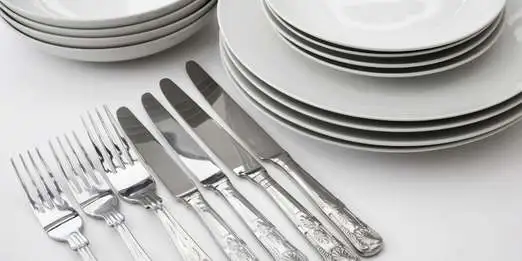
Silverware such as stainless steel cutleries have been around for centuries. Their durability is unquestionable, and it is common to see them used generation after generation. Experience of using stainless steel cutleries is one of the best for different occasions.
While they are not an ideal replacement to the more economical plastic cutleries, they are still one of the best choice over a long period of time if the cutleries can be recovered after use, washed and reused many times.
Replacing plastic cutleries with stainless steel may need additional changes to the business model and operations to ensure they are recovered after use, washed and reused multiple times. This should be considered before evaluating other single use alternatives to plastic cutleries.
5. Bioplastic
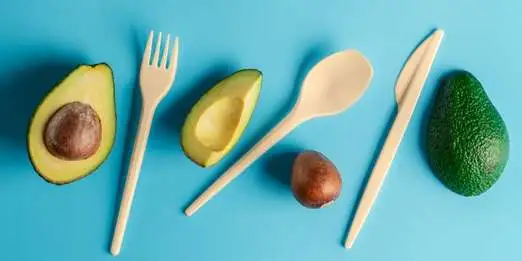
Biodegradable and compostable plastic products are growing as a replacement to single use plastic products. Companies believe that using biodegradable plastics to replace single use plastic is a novel approach to eliminate plastic pollution. Their acceptance to replace flexible bags and films with biodegradable plastics are much more than rigid products such as cutleries.
The cost of biodegradable plastic cutleries are higher than the single use plastics they replace. It is often found that the biodegradable plastics do not readily degrade naturally, and require industrial composting facilities. Unless the biodegradable plastics are segregated at source and sent to industrial composting facilities, they end up contaminating recycling stream of plastic products.
In countries such as India where industrial composting facilities are very few in number, using biodegradable plastic products can only further complicate the waste management problem in hand. The lifecycle assessment of many of the biodegradable plastics highlights that the carbon footprint of most of them are much more than the single use plastic products.
Choice of sustainable alternatives to plastics cutleries has to be made after careful consideration of social, ecological and economic impact across the product lifecycle. Choose to work with the right partner(s) who can guide you to make long lasting decisions as you move towards a sustainable future.
